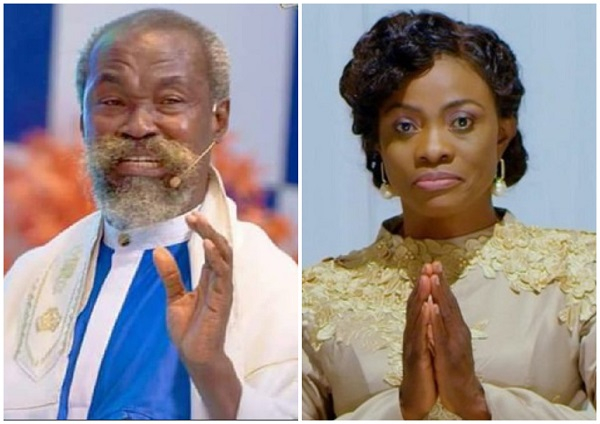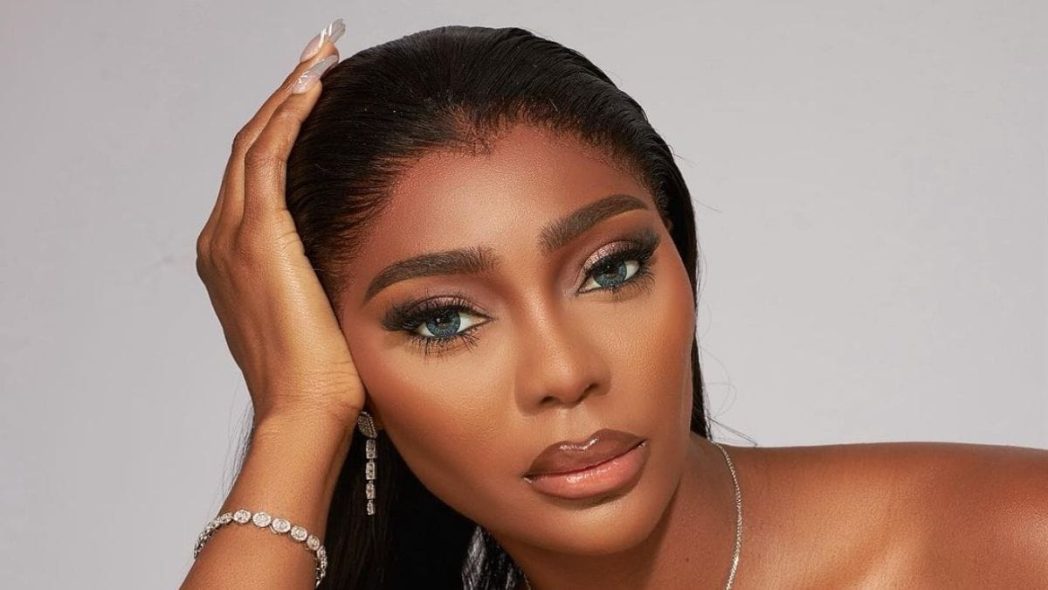How wedding guest fashion became the main character on TikTok
Brides are not the only ones having a “say yes to the dress” moment this wedding season. On TikTok, users are popping the question to their followers: “What do I wear to attend this wedding?”
Dietician Blair Cooley settled on a House of CB dress for a wedding when 8,000 commenters told her all her previous options were wrong. Mega influencer Remi Bader showcased an on-trend “butter yellow” wedding guest dress haul to her 2.2 million TikTok followers. (Meanwhile, TikTokers are debating if butter yellow is too close to white to wear for a wedding.) The wedding guest dress genre is common enough that it has inspired parody videos of commenters’ fervent enforcement of the definition of black tie and rage-baiting users asking if a see-through white dress is wedding-appropriate. On earnest dress try-ons, commenters are not afraid to offer their blunt opinion: “I’m sorry but you need to ask a friend with good taste to look for more dresses,” states one commenter on a May wedding guest dress try-on video.
A generation ago, wedding guests may have simply followed a universally-understood dress code for a ceremony at the bride and groom’s local church. By 2025, guests don’t always have the luxury of a clear rulebook as they navigate elaborate destination wedding weekends, Pinterest-fueled moodboards and the pressure to look good on the inevitable social media post. That’s left many guests looking to crowdsource opinions on their wedding wardrobe.
“Weddings are one of the most traditional things we still do. And so a lot of times, [guests] want to know: What’s the right way to do something, versus the wrong? They still care about that etiquette,” said Los Angeles-based wedding planner Nicole Arena. “A lot of people will ask, ‘What does [this dress code] mean? Is it a long dress? Is it a short dress? Can I wear a midi dress? Does that count, or does it have to be a gown? Is it black tie?’ They don’t want to go against the rules.”
Unlike bridalwear or bridesmaids’ dresses, wedding guest attire is far from a discrete category. But the open-ended question of what is appropriate for a black-tie summer wedding or spring garden party wedding has created an opportunity for clothing brands and retailers to step in with “wedding guest edits.”
“The rules have kind of gone out the window, which, on the one hand, is great. You can take more chances, you can really express yourself, and you can feel like yourself at the wedding. But on the other hand, it’s easier to work in a box when you’re making a choice,” said Sky Pollard, head of product at Nuuly.
The clothing rental platform relaunched its wedding shop in the spring — it includes a guest edit curated from Nuuly’s 25,000 items of clothing based on customer insights and emerging trends. Pollard said Nuuly is seeing both modern takes on traditional florals and ’90s style as popular categories for wedding guest attire this season. “It’s a huge part of our business, in terms of what we’re spending our time thinking about, because we know it’s such a reason for customers to come to us,” said Pollard.
Pollard said Nuuly typically sees a spike in rentals for wedding-appropriate attire in mid-March to Memorial Day and again in September. For the 20- to 30-somethings who make up Nuuly’s core audience, Pollard recognizes how social media has upped the ante for their wedding wardrobes.
“Back in the day, I would buy one dress that I would wear to all the weddings that summer. I didn’t really care if my friends saw me in the same thing, and half the time, it was different friend groups and nobody was posting pictures,” she said. “I think it’s become really important for people to curate not just their IRL experience, but also the kind of hindsight experience that they’re going to then post on Instagram, TikTok, wherever.”
While a wedding guest dress may not live on in photos the way a bridal gown does, it is still often a higher-priced and higher-stakes purchase than most for the average consumer.
“What we’re really banking on is that this is a key brand storytelling moment — this whole wedding guest, wedding seasonality. Because it is a high-intent purchase moment,” said Antonieta Moreland, head of brand at Quince. Moreland said the clothing brand known for its affordable cashmere and silk pieces has seen a double-digit increase in its dress business this year.
In response to growing interest in its dress assortment, Quince experimented with a small “wedding guest edit” in 2024 and expanded the selection in 2025. The brand has expanded its semi-formal options with wedding-friendly floral prints and more formal cuts like cowl necklines on its silk midi dresses.
“We were seeing feedback like, ‘Can we have either more styles or more colors of those kinds of longer, more formal or midi dresses?’ And then, as we’ve tested different ads, both paid and organic, we’ve seen a lot more engagement when we’ve tested ads around this wedding guest attire,” said Moreland. “People are so busy. You’re getting inundated by so much online, especially for folks who are doing more of these travel-type destination weddings. You can browse so many websites and go into a rabbit hole to try to figure out what to wear. So for us, it was just trying to make it easier. And it seems to resonate.”
Today’s guests are often not just looking for a dress to wear to the wedding itself — they may need a wardrobe for an entire weekend of wedding activities, ranging from welcome drinks to a post-wedding brunch. James Hirschfeld, CEO of e-vite platform Paperless Post, said his company has seen how wedding invitations have grown from a simple RSVP to an instruction handbook as couples host their guests for weddings with multiple nights and events.
“We’re serving a couple hundred thousand weddings a year. We’re also seeing the celebrations getting amped up. It used to be that the wedding party was invited to dinner the night before, then the wedding happened with everybody, and then the next day was like a brunch. And now it’s often that there are basically two parties and then a third party,” said Hirschfeld. “More and more, the experience [the couple is] trying to provide their guests is one that can be fun in the moment, but also looks good and is good content.”
Those extra events may also mean extra costs for guests in everything from outfits to accommodation and travel. Arena said she advises her wedding clients to know their audience’s taste and budget when it comes to setting a dress code or deciding on a local wedding versus a weekend-long destination celebration. And some wedding attendees are happy to shell out on a stylish wedding guest wardrobe.
“Everyone wants to be an influencer or wants to grow their platform. Even if they’re not being an influencer, growing their personal brand helps them in a lot of careers,” said Arena. “So if they’re going to spend a couple hundred dollars every time they have to attend a wedding, they’re going to make the most out of it and get some content out of it, too.”
But for all the TikTok commenters chastising users for wanting to wear attention-grabbing outfits to a wedding, Arena said the odds of a guest actually upstaging the bride are slim to none.
“It doesn’t really happen. I have not had it happen at a real wedding where someone’s done a thing like that,” she said. “Maybe if someone was wearing something super sexy, you’d be like, ‘Oh, OK.’ But you’re still looking at the bride.”











